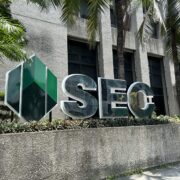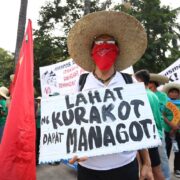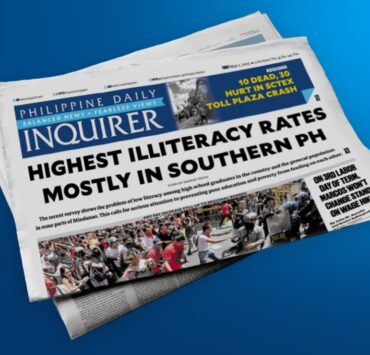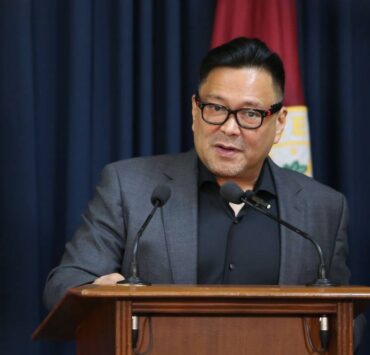SEC urged to rethink planned interest rate cap on small loans
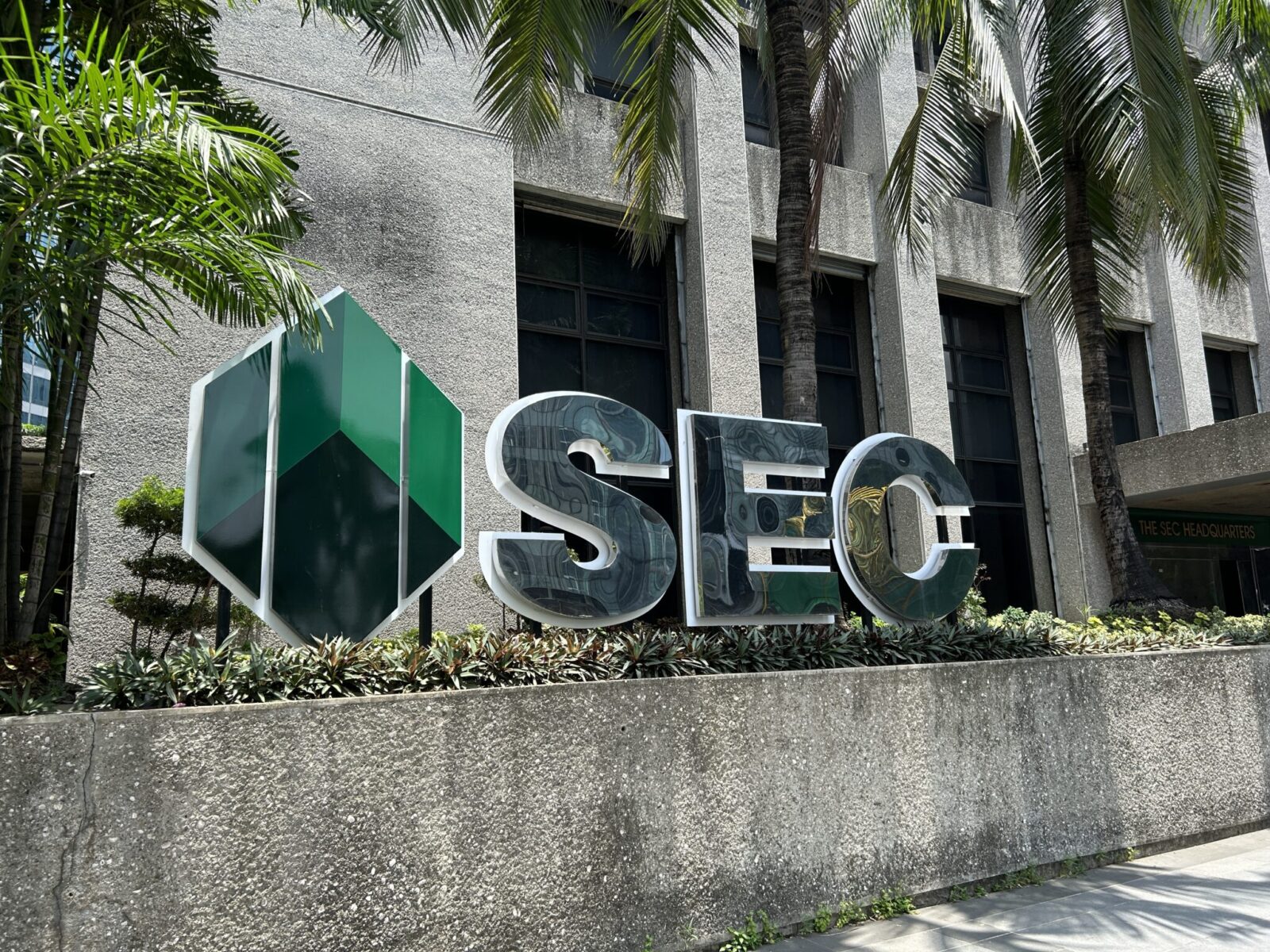
A consumers’ advocacy group has urged the Securities and Exchange Commission (SEC) to reconsider its proposed interest rate cap for small, unsecured loans, warning it might cause regulated lenders to leave or scale down their operations to the detriment of borrowers.
The nonprofit CitizenWatch Philippines said the SEC is planning to put a 10-percent monthly interest rate ceiling on unsecured loans amounting to a maximum of P20,000 starting December, based on a draft circular published last Oct. 29.
The proposed rule is an update to a 2022 policy that applied only to small personal loans of not more than P10,000 and payable up to four months.
The move, according to SEC Chair Francis Lim, is supposed to “reflect current socioeconomic conditions,” noting the increasing number of borrowers struggling under excessive interest rates, with “certain entities” exploiting the accessibility of online lending applications to trap Filipinos into “cycles of debt.”
For CitizenWatch lead convener Orlando Oxales, however, the proposal “strikes at the core of the small credit system that millions of Filipino families rely on every single day.”
“Ordinary Filipinos rely on small loans for emergencies, basic expenses, and the cash flow they need to keep their work or small businesses going. If the SEC pushes through with this cap, it will choke an accessible formal lending channel available to ordinary consumers,” he said in a statement on Tuesday.
Consumer education
Oxales warned that regulated lenders may be forced to scale down or withdraw their small-loan products as the proposed interest rate cap will make such operations “financially unsustainable.”
This, in turn, can lead to millions of borrowers being left with no formal options and resort to “underground lenders.”
These informal lenders, Oxales said, charge interest rates of as high as 20 percent a week and borrowers also face daily collection pressure, verbal intimidation and public shaming when they fall behind in payments.
“If responsible providers of small loans pull out, where will people go?” he asked. “Families will still need cash for emergencies whether for medicine, school expenses, or to finance their small livelihoods.”
According to Oxales, the proposed interest rate ceiling could dismantle the “limited yet functioning ecosystem of regulated small-loan providers,” which will then “create a vacuum that illegal lenders would quickly exploit.”
“We support consumer protection, but it must be done in a way that keeps formal credit available to those who need it most,” he said. “Protect consumers by targeting abusive, unregistered lenders—not by weakening the legitimate providers who follow the rules.”
Instead of “weakening” lawful providers, Oxales urged the SEC to strengthen enforcement against illegal and abusive lenders and called on the agency to invest in consumer education that will help borrowers make informed financial decisions.
“We urge the SEC to look closely at the full spectrum of affected stakeholders,” he said.
“Real protection means understanding how people actually borrow, how responsible lenders operate, and how every regulatory shift can either support or weaken the fragile system that keeps millions of Filipinos financially afloat,” Oxales added.
The World Bank, in an April 2018 policy paper titled “Interest Rate Caps: The Theory and The Practice,” noted that case studies have shown that while some forms of interest rate caps can indeed reduce lending rates and help to limit predatory practices by formal lenders, these often have substantial unintended side effects.
These include increases in non-interest fees and commissions, reduced price transparency, lower credit supply and loan approval rates for small and risky borrowers, fewer number of institutions and reduced branch density particularly in rural areas, as well as adverse impacts on the lenders’ profitability.








